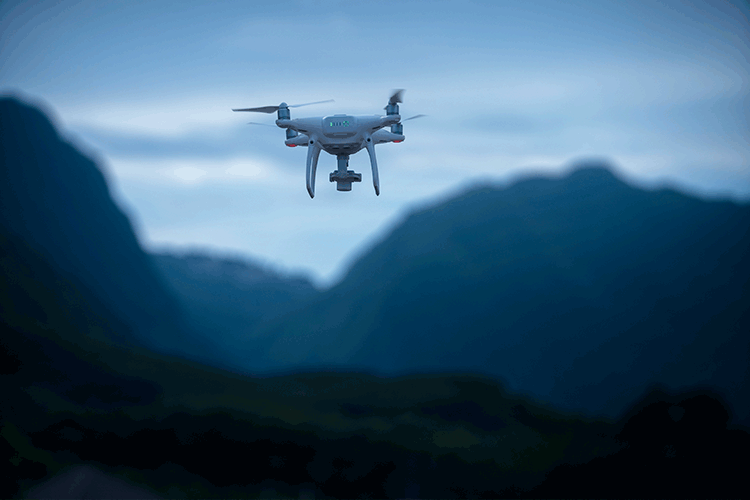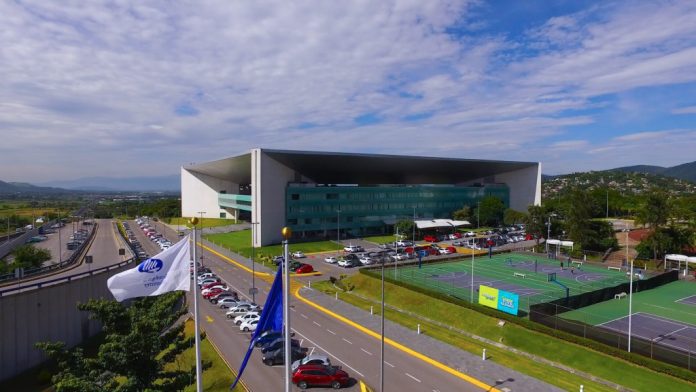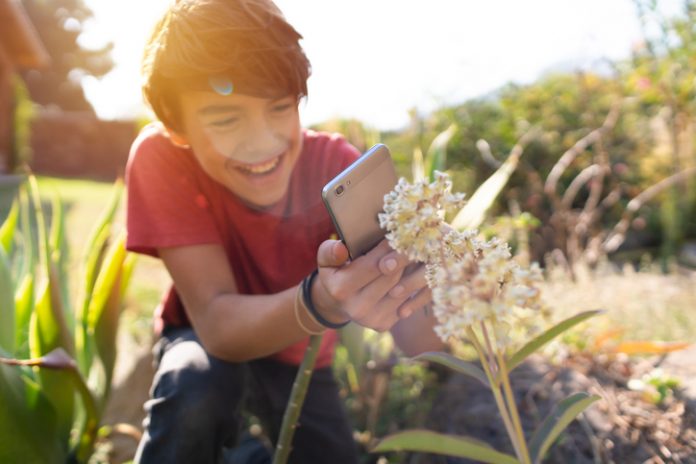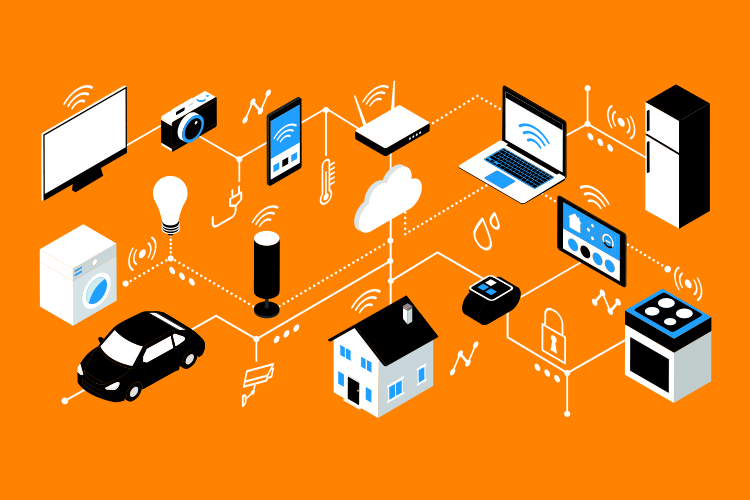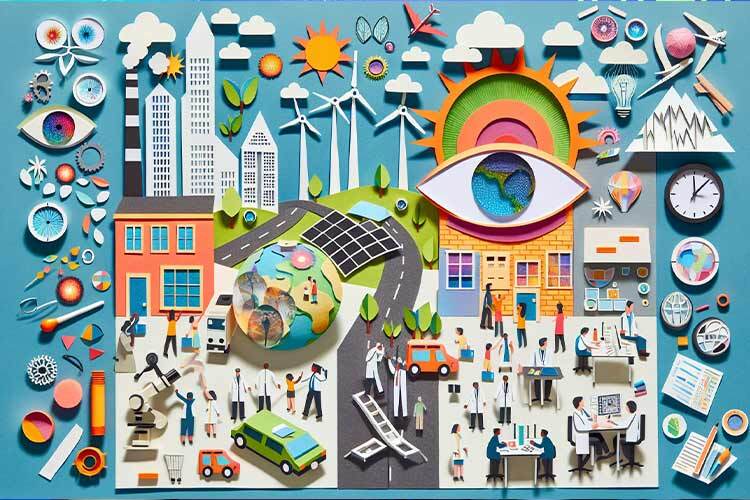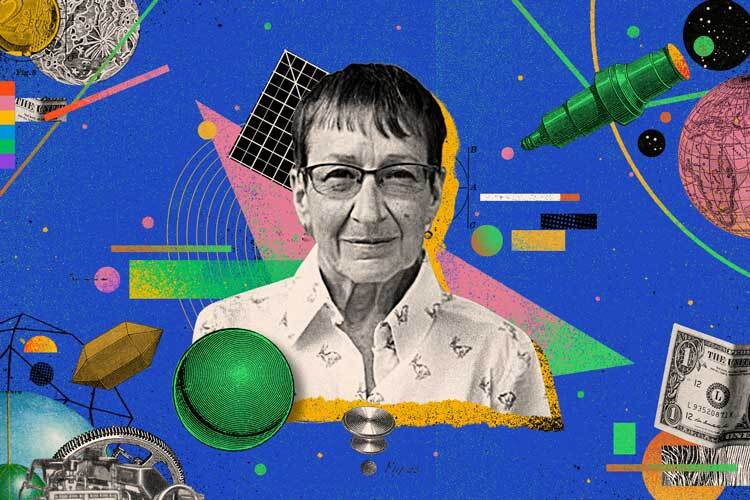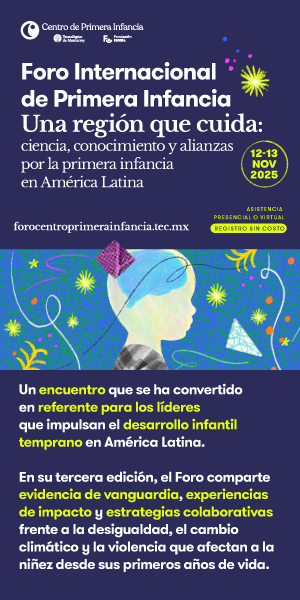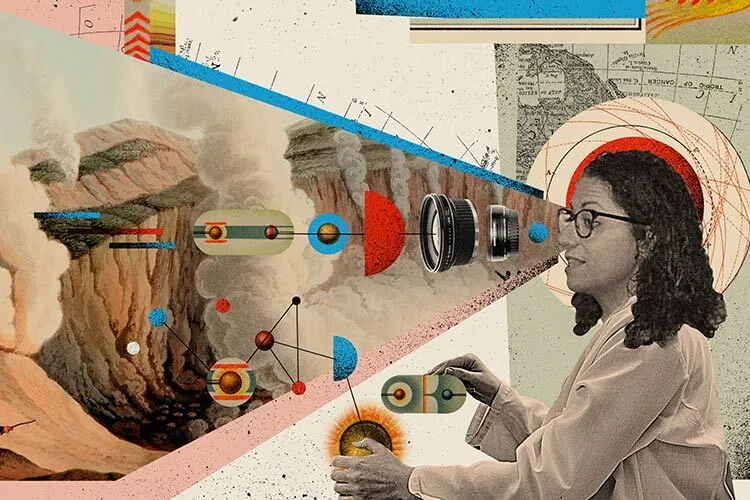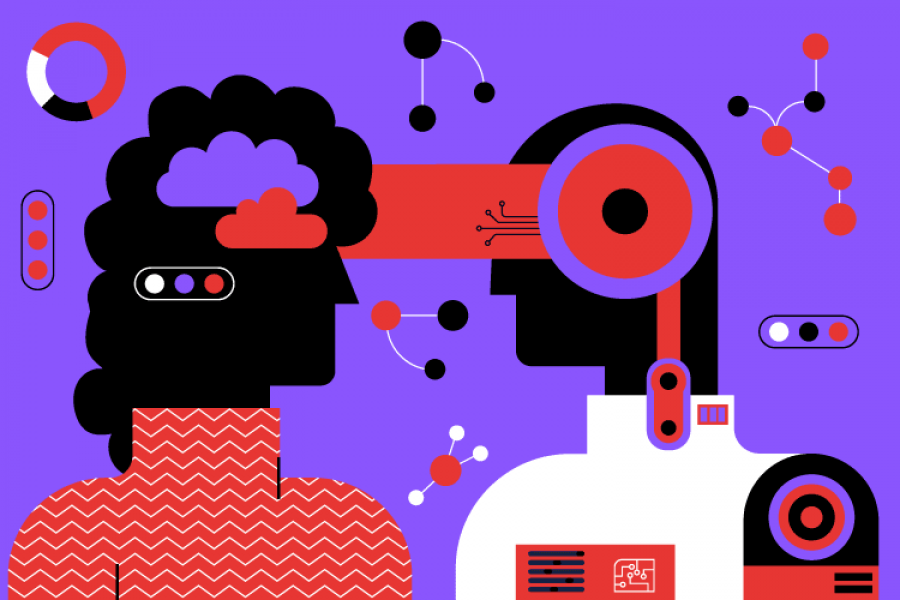In Mexico, deforestation is one of the main environmental problems. According to the report Estimating the gross deforestation rate in Mexico from the National Forestry Commission, in our country, we lose 166,337 hectares of vegetation each year, which places us among the first places with this problem worldwide.
The solution requires a multifaceted approach, where reforestation plays a central role.
Around the world, different groups of scientists have used drones and Artificial Intelligence to increase the success of this strategy.
In fact, drones can be programmed to analyze the terrain over which they fly and, with their cameras, capture images of areas that have been deforested. They also throw the seeds in hard-to-reach places in the hope that they will germinate.
Drones can be programmed to analyze their flight area and capture images of deforested ground.
Remotely controlled unmanned aerial vehicles (UAV’s) offer a safe alternative for conducting investigations on inaccessible and dangerous lands for human access.
“These technologies can help us to better understand the ecosystems we have,” says Rafael Lozoya-Gamez, a research professor at the School of Engineering and Sciences, from Tecnológico de Monterrey.
Precision agriculture: how drones are used
Lozoya-Gamez has specialized in the automation and control of artificial intelligence for its use in precision agriculture, a practice that seeks to improve agricultural productivity and reduce its environmental impact.
Interviewed by TecScience, the researcher explains that once the land has been analyzed, with the information collected by the drones, the coordinates where the seeds will be dispersed are generated.
The seeds go through a special treatment in the laboratory, to make it easier for them to germinate without being buried, as well as to discourage rodents, birds and other animals from eating it.
Once the coordinates have been programmed, the drone is loaded with a seed dispenser that drops a determined number of seeds at previously selected strategic points.
Artificial intelligence also analyzes the effectiveness of the mission. “Seeds can be monitored to see if they are actually growing shoots,” says Lozoya-Gamez.
The expert explains that the intention is not to replace reforestation. “What is intended is that drone technology complements traditional and manual reforestation,” he says.
“We are also looking to gradually improve performance and optimize these technologies,” the researcher adds.
Drones tech in reforestation
The drone’s technology can also be used in mass reforestation, as promoted by Australian startup AirSeed Technology. This company offers octocopters equipped with artificial intelligence to shoot 40,000 seeds a day.
Drone reforestation is 25 times faster than conventional techniques and 80% cheaper, according to AirSeed.
In 2021, the Australian office of the World Wide Fund for Nature (WWF) partnered with AirSeed to use their seeding drones to germinate and grow 100 million trees by 2024.
The environmental organization decided that seed-dispersing drones can be used in a reforestation project that is considered titanic, after the so-called “Black Summer” of 2019-20. Wildfires claimed the lives of 34 people and burned more than 186,000 square kilometers of land, of which 70% were forests.
Pros and cons of reforestation aided by drones
As with any technology, using drones and artificial intelligence for reforestation has its advantages and disadvantages.
Among its positive characteristics, specialists emphasize that:
- They identify areas affected by deforestation in a safe and efficient way, locating with great precision which places need trees.
- They have a greater range, since they can fly over terrains that are dangerous for humans to navigate.
- They require fewer people to carry out reforestation.
- They disperse hundreds of seeds in a few minutes.
Among its cons, experts mention:
- Drone flight duration today lasts around 15 to 20 minutes, a short time compared to the hours a human can spend doing reforestation.
- The seed is not buried, so it can be consumed by rodents, birds and other forest animals, even with specialized treatment from the lab.
- Efficiency is low, since for every 100 seeds that are thrown, less than 10 manage to germinate.
- They can interfere with the flight of animals such as birds, insects or bats and in turn can be attacked by birds.
Reforestation, more than just planting trees
The forest phenomenon makes climate change worst, the water supply decrease, the soil degrade, air quality worsens, ecosystems to become fractured and biodiversity diminish as scientists and environmental organizations warn.
Among the main causes of this problem are the increase in agricultural and livestock activity, illegal logging, wildfires, the expansion of urbanized areas, as well as pests and tree diseases.
A member and leader of reforestation projects with drones at Tec de Monterrey, Lozoya-Gamez warns that reforestation is much more than just planting many seeds.
Although reforestation has carried on the basis of empirical knowledge, inherited from different cultures, precise information is also required regarding the number of trees, soil moisture and nutrients, as well as temperature and rainfall data.
“I think that technology can have a great application in this type of activities and I believe that a lot can be done”, the researcher says.
Making reforestation even more effective requires planting strategic tree and plant species that help regenerate damaged ecosystems, explains Lozoya-Gamez. “We need to recreate an ecosystem that existed before and was home to great diversity,” he says.
